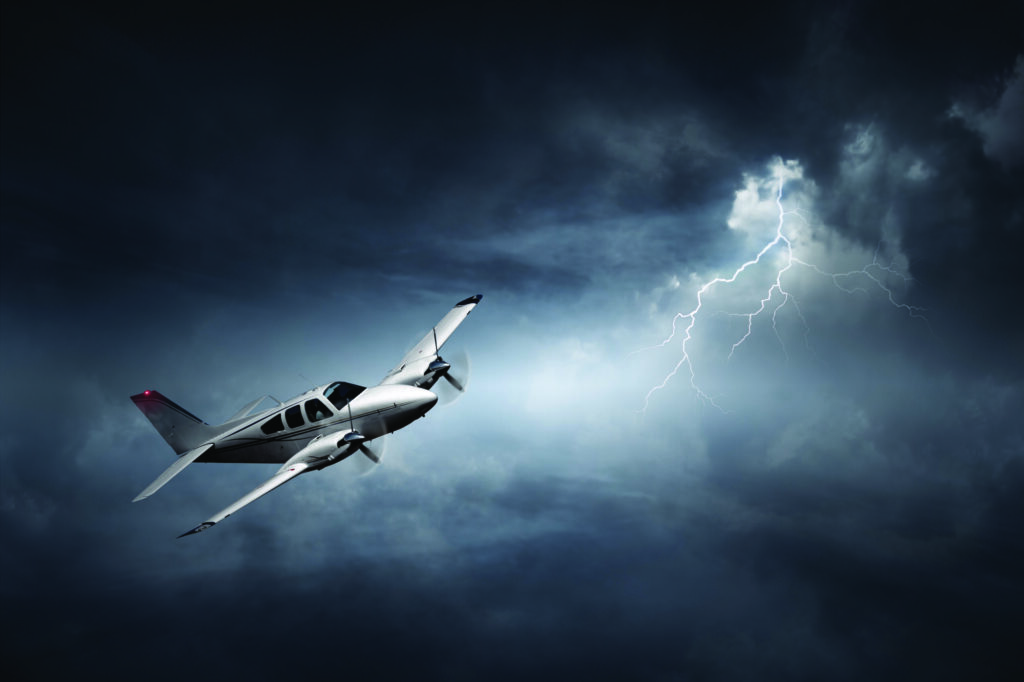Welcome to Science & Logic for Curious Minds – a special series by The Junior Age where we decode the science and logic behind everyday things we often overlook. So, get ready to uncover the fun facts, simple science, and surprising truths hidden in our daily lives! But for now, let’s find out what really happens when aeroplanes meet thunderstorms and lightning!
Can Aeroplanes Fly in Storms or Lightning? Know All About the Science & Logic Behind It:
It’s stormy outside. Thunder rumbles, lightning flashes, and yet you see aeroplanes gliding high above the clouds. Wait… how is that possible? Don’t thunderstorms and lightning make it dangerous to fly? Let us uncover the science behind this sky-high mystery!
What Happens When Lightning Strikes Aeroplanes
It might sound scary, but aeroplanes are built to handle lightning. In fact, lightning strikes commercial planes about once or twice every year. And you know what? The passengers rarely notice!
Aeroplanes are made mostly of aluminium, a metal that conducts electricity very well. When lightning strikes, the electric charge zips along the outer body of the aircraft and exits safely, kind of like a racetrack for electricity. The inside of the aeroplanes, where people sit, stays completely protected because the metal shell acts like a shield called a Faraday cage.
What About Thunderstorms?
Now, lightning is one thing, but thunderstorms are bigger troublemakers. But modern aeroplanes are built to handle bad weather – including storms! Before take-off, pilots check weather radar systems that show where heavy rain or thunderstorms are forming.
Instead of flying through such chaotic weather, pilots usually choose to fly around or above storms using radar systems that can detect dangerous clouds ahead. Planes are designed to stay stable even in strong winds, thanks to their aerodynamic shape and powerful engines.
Pilots are trained to fly through mild turbulence and avoid dangerous storm clouds called cumulonimbus clouds. Air Traffic Control helps them change altitude or direction to stay clear of risk zones.
So, while it might look scary from the window and it might feel bumpy (that’s called turbulence), your flight crew has it completely under control!

How Technology Keeps Planes Safe
- Weather radar: Detects storm clouds, rain, and hail far ahead.
- Lightning protection systems: Conductive strips and bonding wires guide lightning safely around the aircraft.
- Training for pilots: Every pilot learns how to avoid or minimise contact with storm areas.
- Advanced design: Jet engines and instruments are hardened to handle electrical interference and temperature changes.
Fun Fact Corner:
- Lightning has not caused a commercial plane crash in over 50 years!
- Pilots call lightning hits strikes, and they report them just like weather updates.
- Aeroplanes are tested with artificial lightning bolts before they are ever used!
Know more fun science facts with The Junior Age’s informative flashcards!
And subscribe to our YouTube channel to stay curious, smart and updated with all the latest facts and news!

